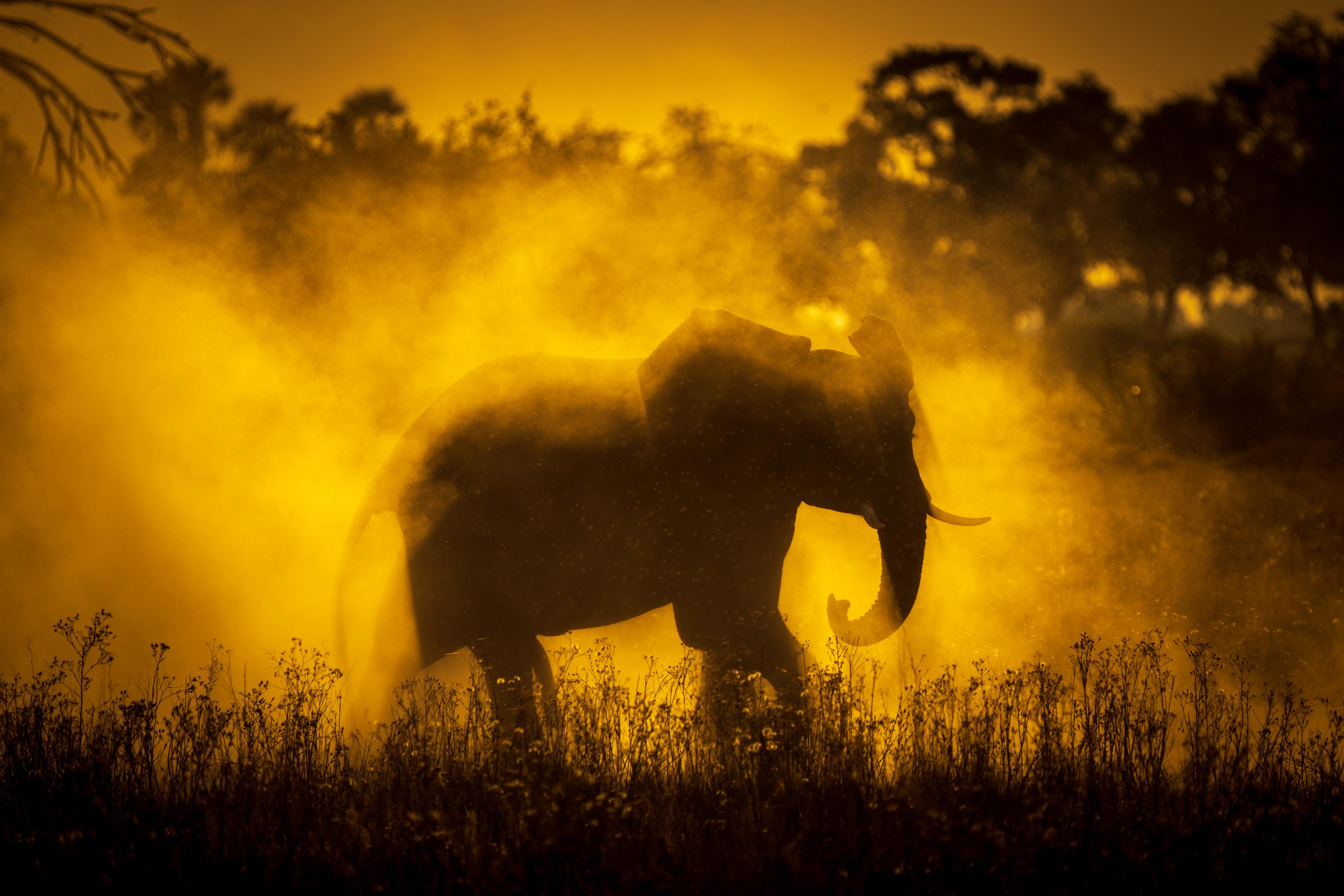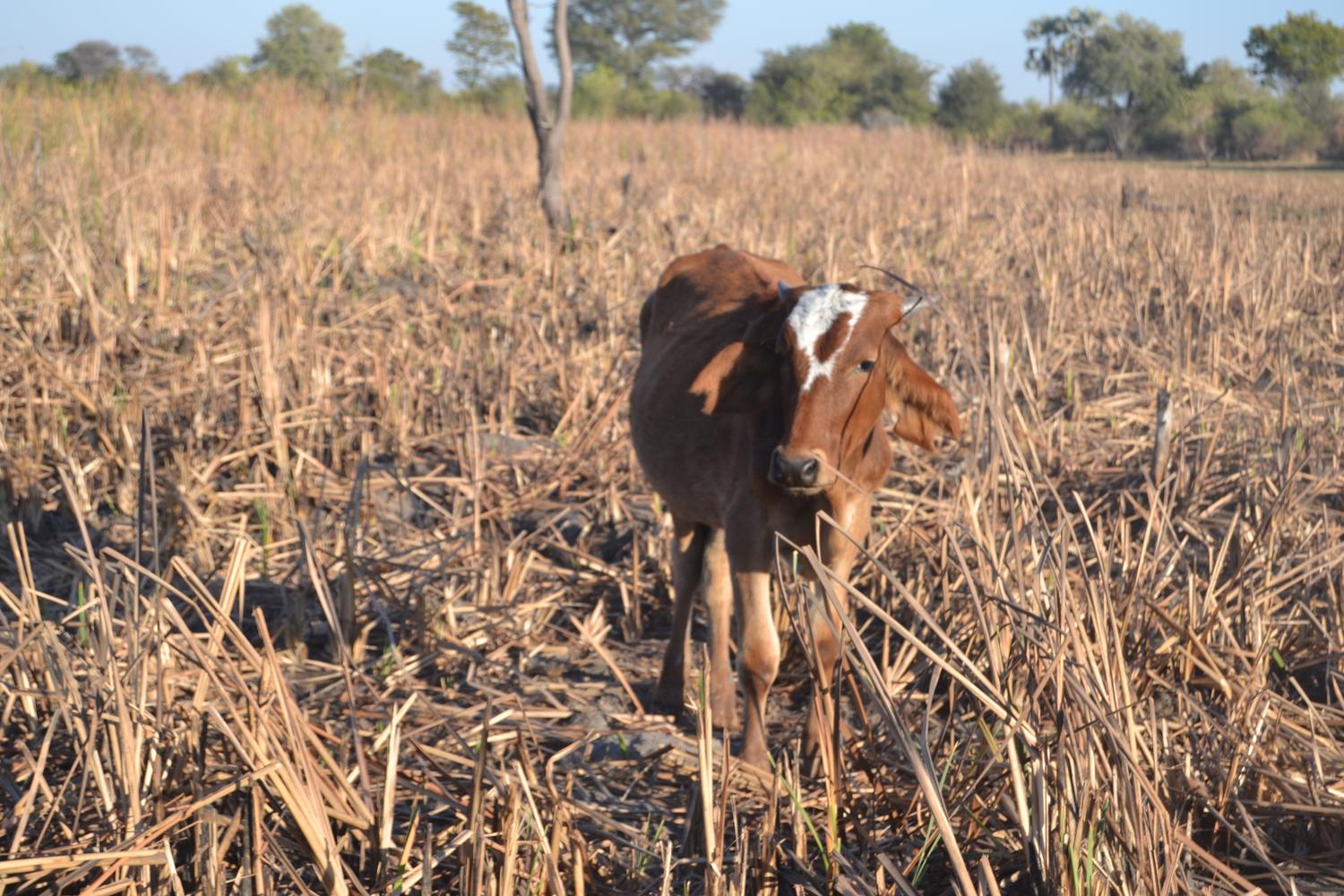
Working with communities and stakeholders to care for nature
Since 1993, Conservation International-Botswana has worked to conserve wildlife and vital landscapes in one of Africa’s most biodiverse nations.
We help protect the rich biodiversity of the Okavango River Basin, which spans Botswana, Angola and Namibia, and support ecotourism and local economies for communities in the area. We worked with the national government to establish Botswana’s Ad Hoc Committee on Fences, which spearheaded the creation of a 40-kilometer (24-mile) wildlife corridor along the Kwando River to protect at-risk species. And we provide support for wildlife conservation efforts such as the Predator Wild Dog Program, Cheetah conservation and zebra research in the Makgadikgadi salt pans in northeastern Botswana.
In 2014, Conservation International-Botswana was named Secretariat of the Gaborone Declaration of Sustainability in Africa (GDSA), an organization dedicated to achieving sustainable development goals across the continent. As Secretariat to the GDSA, we help integrate natural capital considerations into national policy, establish wildlife protection areas, and build networks with government and corporate stakeholders to promote leadership on sustainable development.
1993
YEAR FOUNDED
250K
PEOPLE
dependent on nature in Botswana1
83M
METRIC TONS
of irrecoverable carbon in Botswana2
103
PLANT SPECIES
that are endemic to Botswana3
Areas we work

Revitalizing degraded rangelands, restoring livelihoods
Conservation International-Botswana is leading the Green Climate Fund Ecosystem-Based Adaptation and Mitigation in Botswana’s Communal Rangelands Project, a multi-year effort with Botswana’s national government and Ministry of Agriculture to restore vegetation in communal rangelands and reduce greenhouse gas emissions.
Working with government partners, members of the private sector and local communities, we will restore 4.6 million hectares (11 million acres) of degraded land in the Ngamiland, Kgalagadi and Bobirwa regions using the Herding for Health model — a community-driven livestock management program that supports the livelihoods of rural communities while restoring rangelands and conserving biodiversity. The project will create thousands of new green jobs for eco-rangers and restoration workers, increase the climate resilience of vulnerable populations and help reduce 4.7 million tCO2e (tons) during the project’s lifetime.
References
- Fedele, G., Donatti, C. I., Bornacelly, I., & Hole, D. G. (2021). Nature-dependent people: Mapping human direct use of nature for basic needs across the tropics. ScienceDirect, 71. https://doi.org/10.1016/j.gloenvcha.2021.102368
- Conservation International (2021, November). Irrecoverable Carbon. Retrieved January 2025, from https://www.conservation.org/irrecoverable-carbon
- Gallagher, R. V., Allen, S. P., Govaerts, R., Rivers, M. C., Allen, A. P., Keith, D. A., Merow, C., Maitner, B., Butt, N., Auld, T. D., Enquist, B. J., Eiserhardt, W. L., Wright, I. J., Mifsud, J. C. O., Espinosa-Ruiz, S., Possingham, H., & Adams, V. M. (2023). Global shortfalls in threat assessments for endemic flora by country. Plants, People, Planet, 5(6), 885–898. https://doi.org/10.1002/ppp3.10369